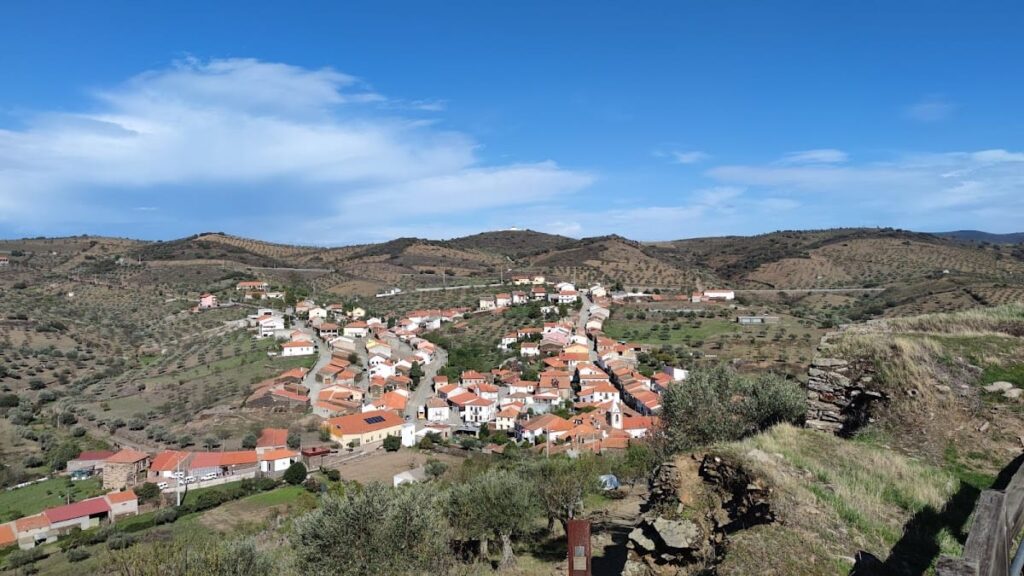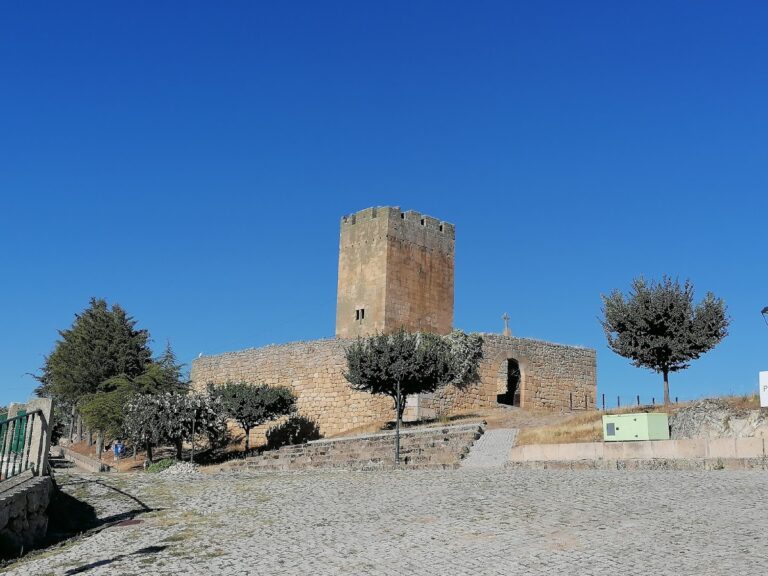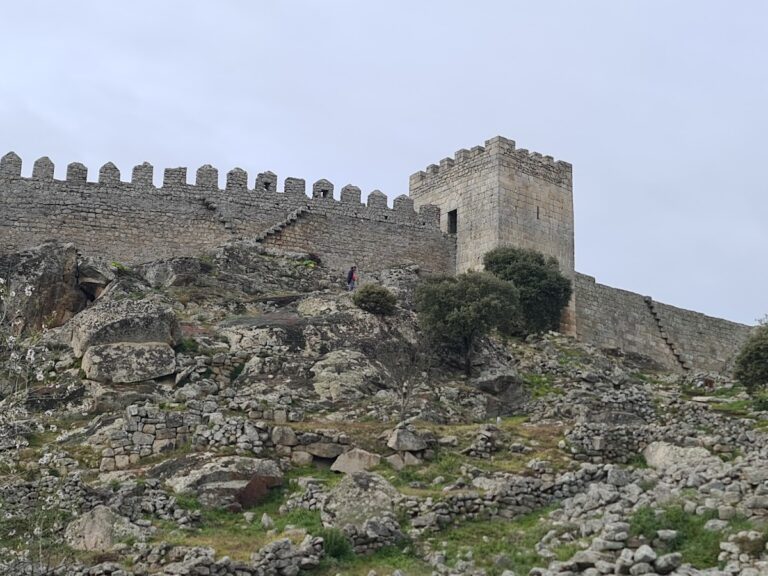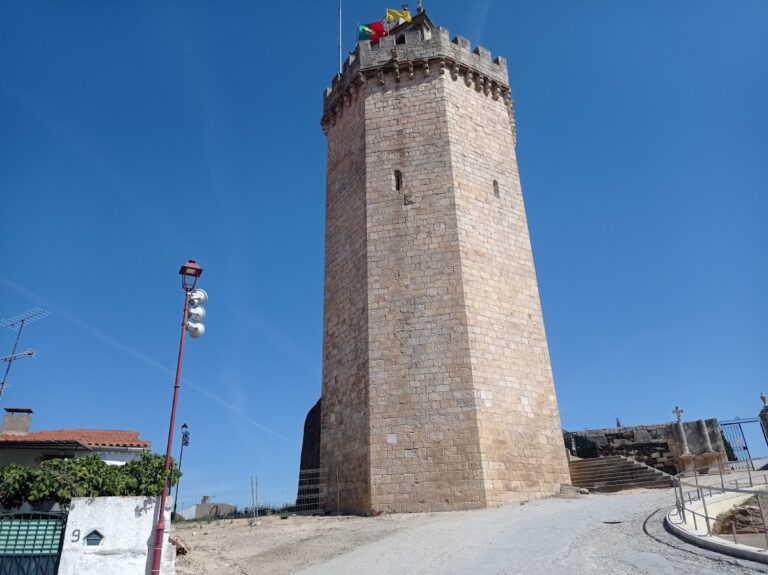Castelo Melhor: A Historic Castle in Northern Portugal
Visitor Information
Google Rating: 4.2
Popularity: Low
Google Maps: View on Google Maps
Official Website: casco-de-rolha.blogspot.com
Country: Portugal
Civilization: Medieval European
Remains: Military
History
The site of Castelo Melhor, located in northern Portugal, was first occupied in pre-Roman times by the Turduli peoples, who established a fortified settlement known as a castro. This early occupation laid the foundation for the strategic importance of the hilltop overlooking the Côa and Douro rivers.
By the 12th century, the area was controlled by the Kingdom of León. Between 1209 and 1210, King Alfonso VII of León granted a foral, or charter, to the settlement and ordered the construction of a castle. This fortification aimed to strengthen the population and military presence amid ongoing border disputes between Portugal and Castile.
After the Treaty of Alcañices in 1297, Castelo Melhor became part of Portugal. King Dinis confirmed the existing privileges in 1298 and initiated modifications to the castle. These changes focused mainly on the entrance, adding two rectangular towers and a circular keep tower to guard the only accessible side, reflecting the castle’s role as a secondary defense point within the Riba-Côa line.
In the late 14th century, King Fernando ordered repairs to the castle. During the 1383–1385 dynastic crisis, Castelo Melhor briefly fell under Castilian control but was returned to Portugal by the Treaty of Monção in 1389. Early 15th-century repairs were carried out under Kings John I and Afonso V. In 1422, the population was recorded at about 1,704 inhabitants, and Afonso V elevated Castelo Melhor to town status, integrating it with the municipality of Almendra.
By 1496, the population had sharply declined to 204. At the end of the 15th century, King John II granted the lands to João Fernandes Cabral. The castle then became linked to noble families who later concentrated their power in Belmonte, causing Castelo Melhor to lose much of its former prominence.
In 1584, the settlement was raised to the status of a county seat under Rui Mendes de Vasconcelos. During the 1640 Restoration Wars, an artillery battery was constructed on the eastern hilltop flank to strengthen defenses. By the 18th century, Castelo Melhor was subordinate to Almendra, with the Counts of Castelo Melhor serving as donataries, or land grantees. In 1758, the settlement had 89 residents and was recognized as a defensible county seat, though it lacked a permanent garrison.
The town was elevated to a marquisate in 1766. In 1855, the municipality of Almendra e Castelo Melhor was dissolved, and the area became part of Vila Nova de Foz Côa. Since 1982, the castle has been classified as an Imóvel de Interesse Público, meaning a Property of Public Interest.
Remains
The castle stands on a rural hilltop about 450 meters above sea level, overlooking the right bank of the Côa River. Its layout is an irregular polygon shaped by the rocky terrain and large boulders beneath. The walls are built from small schist stones and vary in height from three to six meters. They lack merlons, which are the upright sections typically found on battlements, but include a staircase providing access to the wall walk.
The main entrance is located on the northwest side and features a triple-arched gate. This gate is flanked by two rectangular towers added during King Dinis’s early 14th-century reforms. Behind the northern wall stands a circular tower oriented toward the settlement, designed to protect the only accessible side of the castle.
Between the gate and the circular tower, as well as along the southern wall, remains of reinforcement walls suggest the former presence of a barbican, a fortified outwork protecting the entrance. Three conical corbels, which are projecting supports, are found behind the eastern and northwestern sections of the walls.
Inside the courtyard, there is a circular cistern without a cover located in the northeast corner. Nearby lie the remains of several rectangular buildings, indicating the presence of internal structures. The castle’s walls are generally in a damaged state today. Although it no longer houses a garrison, the castle was historically considered defensible when necessary.










